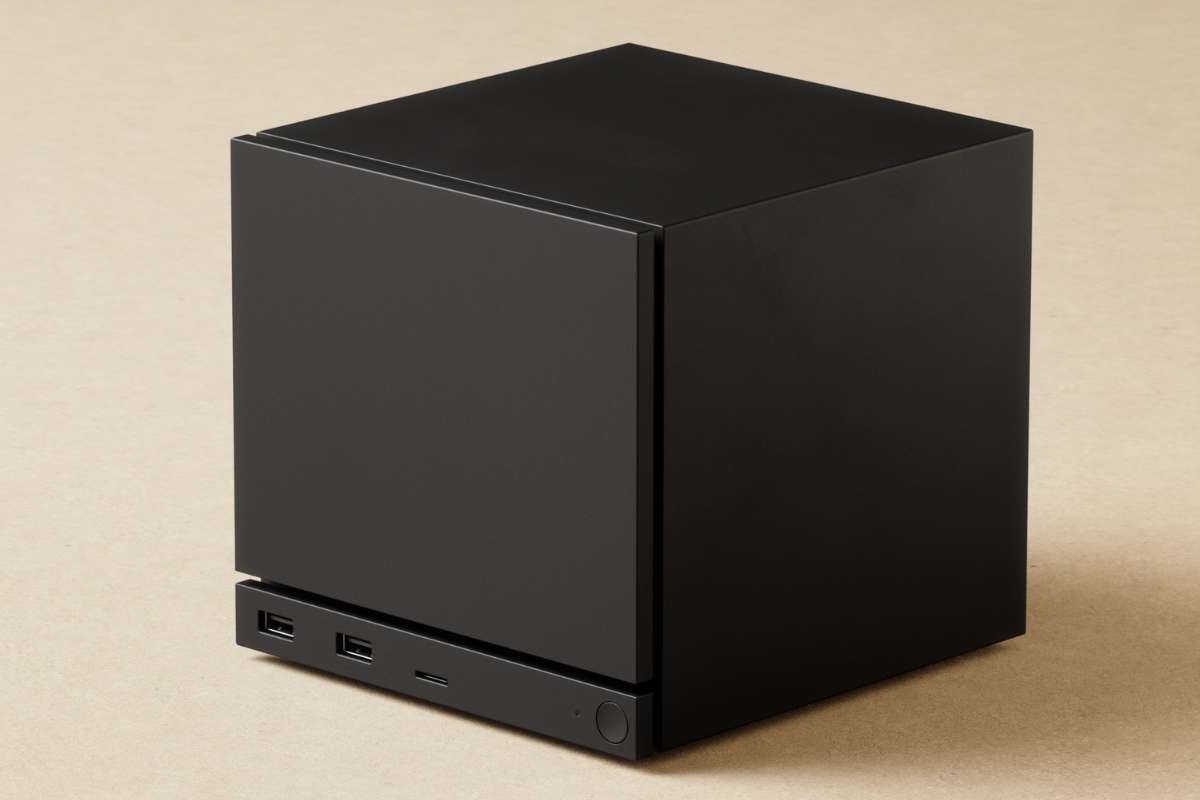Streamlining Boarding Procedures Across the U.S.
American Airlines has introduced a new boarding technology aimed at eliminating the chaos of line cutting at airport gates. The system, now active in over 100 U.S. airports, audibly alerts gate agents if a passenger attempts to scan a ticket ahead of their assigned boarding group. Boarding passes are only accepted once the correct group is called, ensuring passengers adhere to their designated order.
The rollout follows successful trials at Albuquerque International Sunport, Ronald Reagan Washington National Airport, and Tucson International Airport, with overwhelmingly positive feedback from both customers and employees, according to Julie Rath, American’s senior vice president of airport operations. Rath noted the technology’s timely implementation ahead of the busy Thanksgiving travel season, which is expected to enhance overall boarding efficiency.
Addressing Long-Standing Passenger Frustrations
Airport line cutting, whether intentional or accidental, is a common grievance among air travelers, often exacerbating an already stressful environment. Henry Harteveldt, an airline industry analyst at Atmosphere Research Group, believes the new system aims to “bring order out of chaos” rather than shame passengers. He anticipates the technology will reduce conflicts and improve the boarding experience for both travelers and staff.
While the innovation is widely applauded, some concerns remain. Seth Miller, founder of PaxEx.aero, pointed out potential inconveniences for families or groups booked under separate reservations, though American Airlines has provided a workaround by allowing gate agents to override the system when necessary. Despite this, Miller believes the technology may still cause minor delays if uncooperative passengers argue at the gate.
Future Prospects and Industry Implications
As the technology expands, American Airlines plans to integrate it into hub airports, including major locations like Austin-Bergstrom International Airport and Hartsfield-Jackson Atlanta International Airport. The airline’s efforts to address boarding challenges may inspire similar advancements across the industry, according to Harteveldt, who cited examples of structured boarding systems already in use in parts of Asia and Europe.
The timing of the expansion, just before the peak Thanksgiving travel period, presents both opportunities and challenges. While the system has the potential to streamline the holiday rush, additional preparation time for staff may have been beneficial. Analysts agree the technology is a significant step forward but emphasize the importance of monitoring its effectiveness in real-world scenarios.
With this bold move, American Airlines is setting a new standard in boarding efficiency, potentially paving the way for broader adoption of similar technologies across other carriers.


















